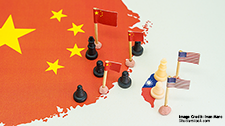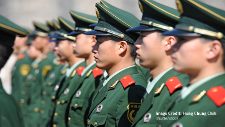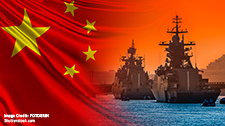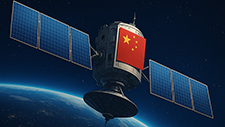PLA in the Arctic: Under the Ice?
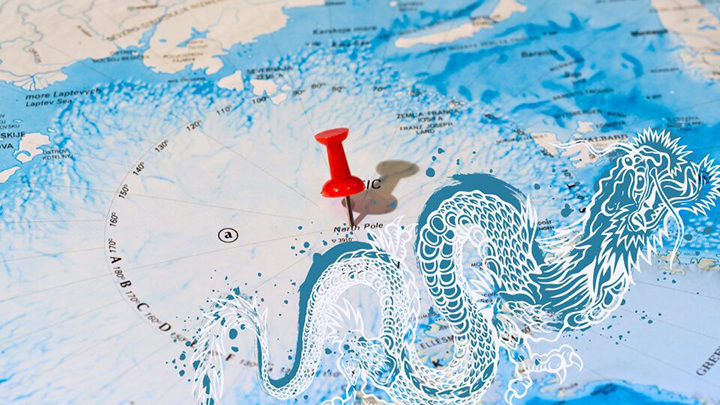
Niklas Swanström
The People’s Liberation Army (PLA)’s Arctic ambitions represent a significant expansion of Chinese military capabilities into polar regions, with interconnected aspects worth examining in detail. Turning the PLA into a “White Dragon” is a consequence of China’s Arctic policy. Just in 2024, China steadily expanded its military influence in the Arctic region through a series of military drills, natural resource extraction ventures, polar research, fishing operations, and what has been seen among the Arctic states as staging provocative events. It is not only the growing Chinese presence in numerical terms but, more crucially, the depth of its presence and the Russian connection that is concerning. This paper primarily looks into the impact of PLA activities, but it is hard not to include dual-use operations.
The pattern of Sino-Russian military exercises in the Arctic has evolved significantly, starting with limited observer status for Chinese forces in Russian Arctic exercises and moving towards more integrated joint operations. The initial phase began with Chinese observers at Russian Northern Fleet exercises in the mid-2010s. This evolved into more direct participation, though initially limited to non-Arctic components of larger Russian exercises. A significant milestone was Chinese participation in Vostok-2018, which included elements in the Bering Sea and demonstrated the PLA’s growing comfort with cold-weather operations. Joint naval exercises have progressively moved northward in the Arctic. The 2021 “Joint Sea” exercise included elements in the Sea of Japan with cold weather components, and by 2023, joint exercises included specific Arctic scenarios, particularly focusing on escort operations along the Northern Sea Route and submarine-related activities that will enable China to operate under the ice-cap and ensure the Chinese Strategic Forces a nuclear second strike capability, intelligence gathering as well as challenging NATO presence.
Read the full article at the EuroHub for Contemporary China here.
